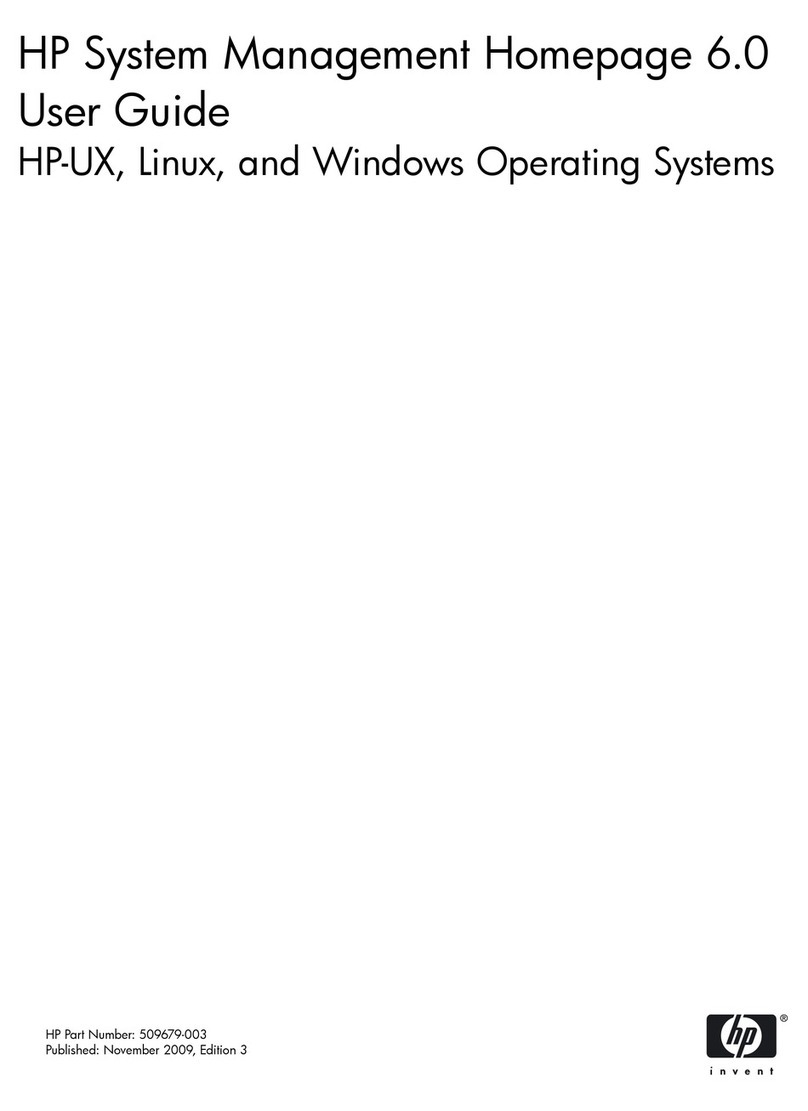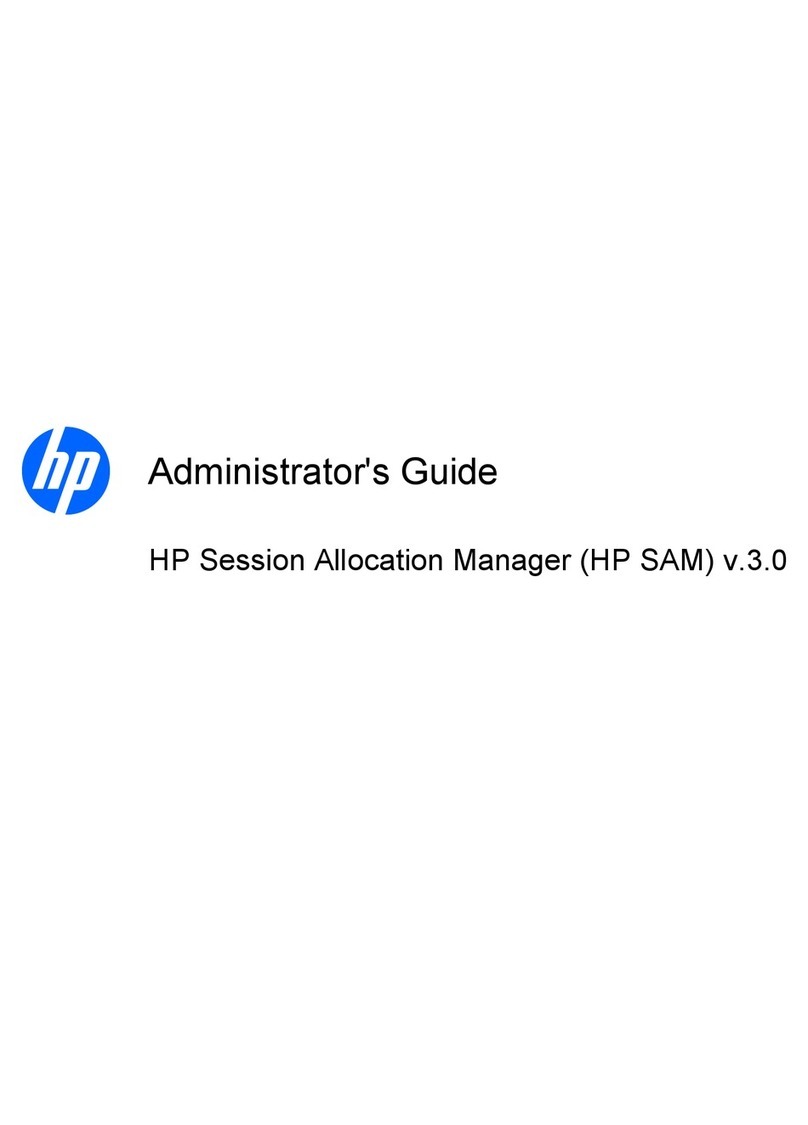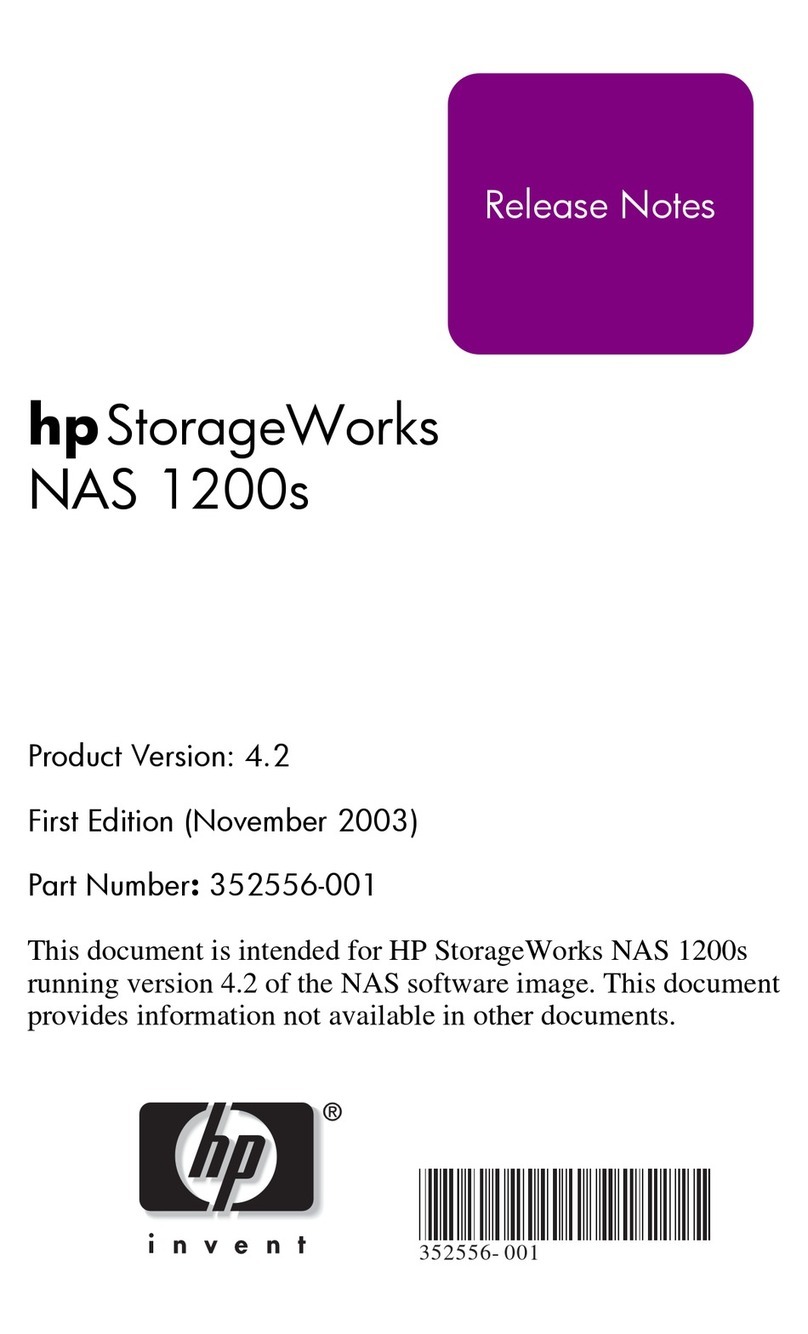HP StorageWorks 2/64 - Core Switch User manual
Other HP Software manuals
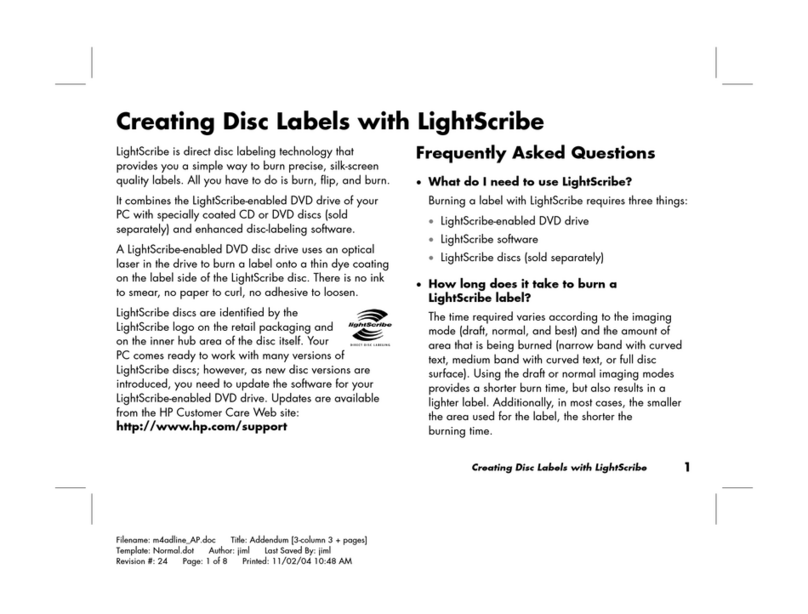
HP
HP Pavilion w1200 - Desktop PC User manual
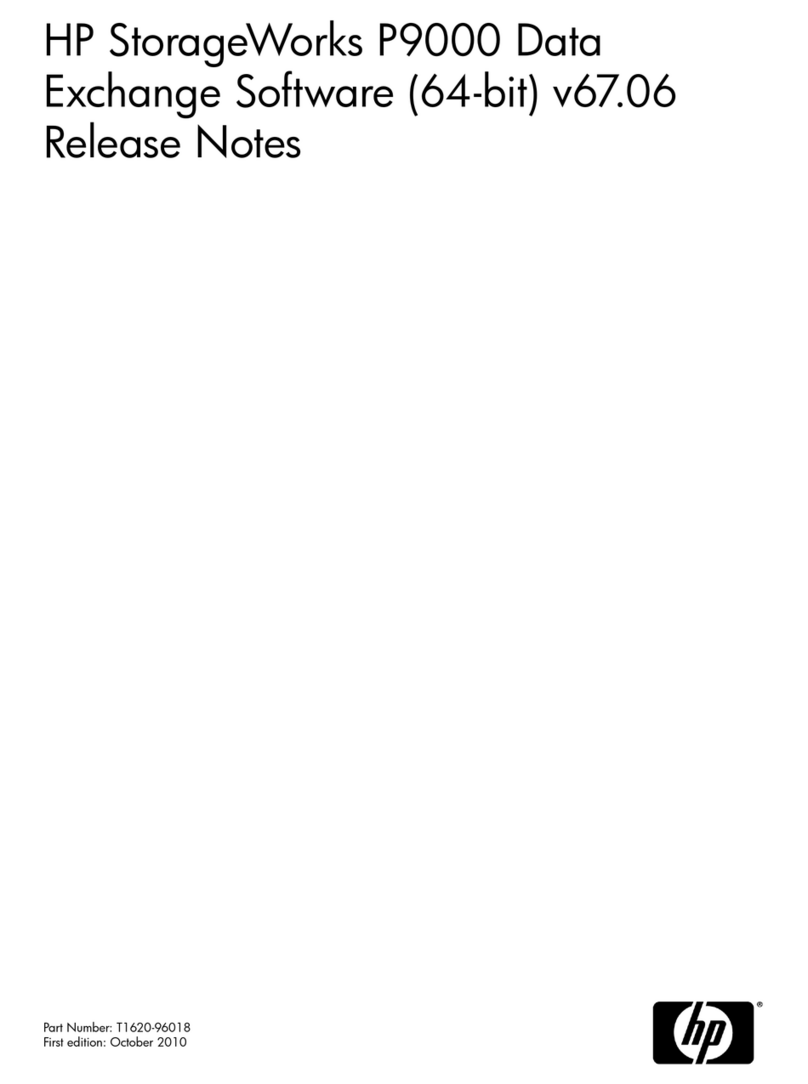
HP
HP HPE XP P9500 Instruction Manual
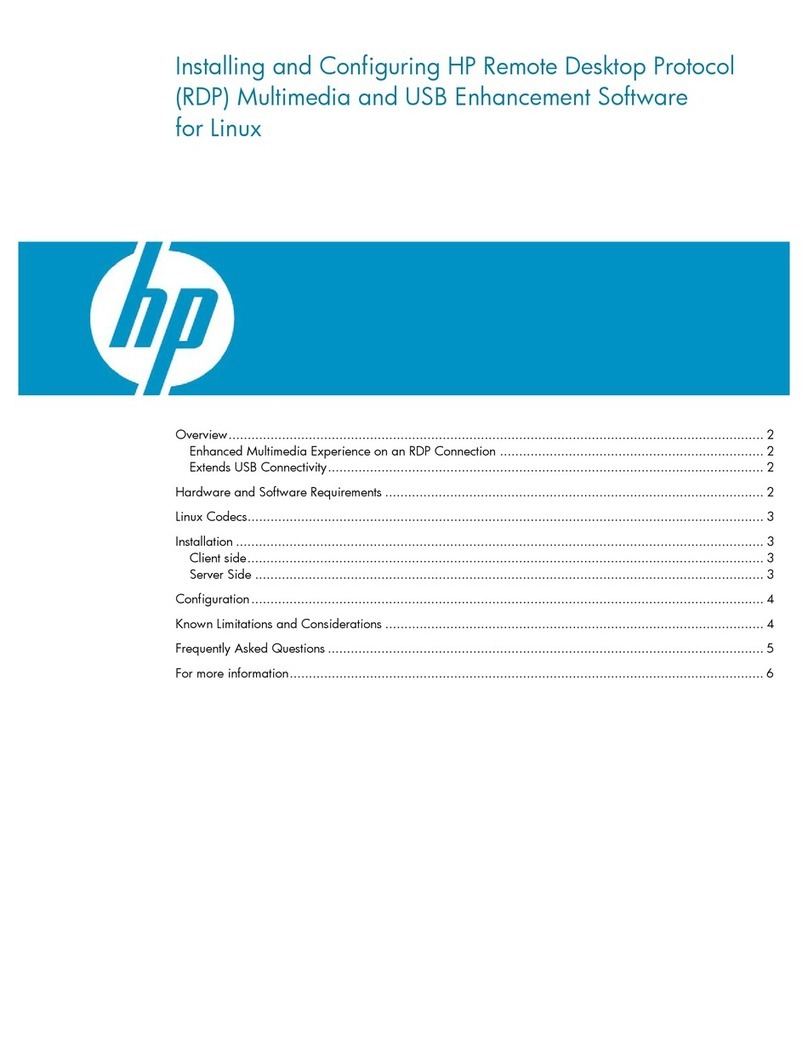
HP
HP T5725 - Compaq Thin Client Instruction Manual
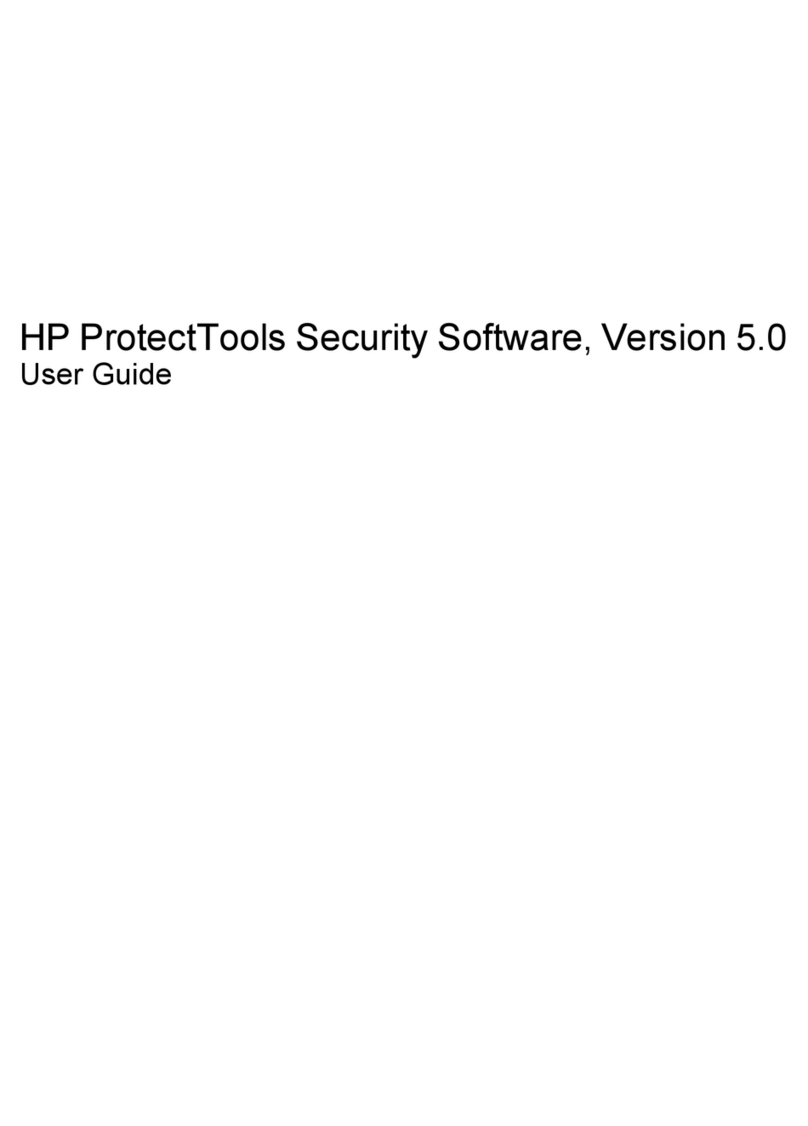
HP
HP 8000 - Elite Convertible Minitower PC User manual
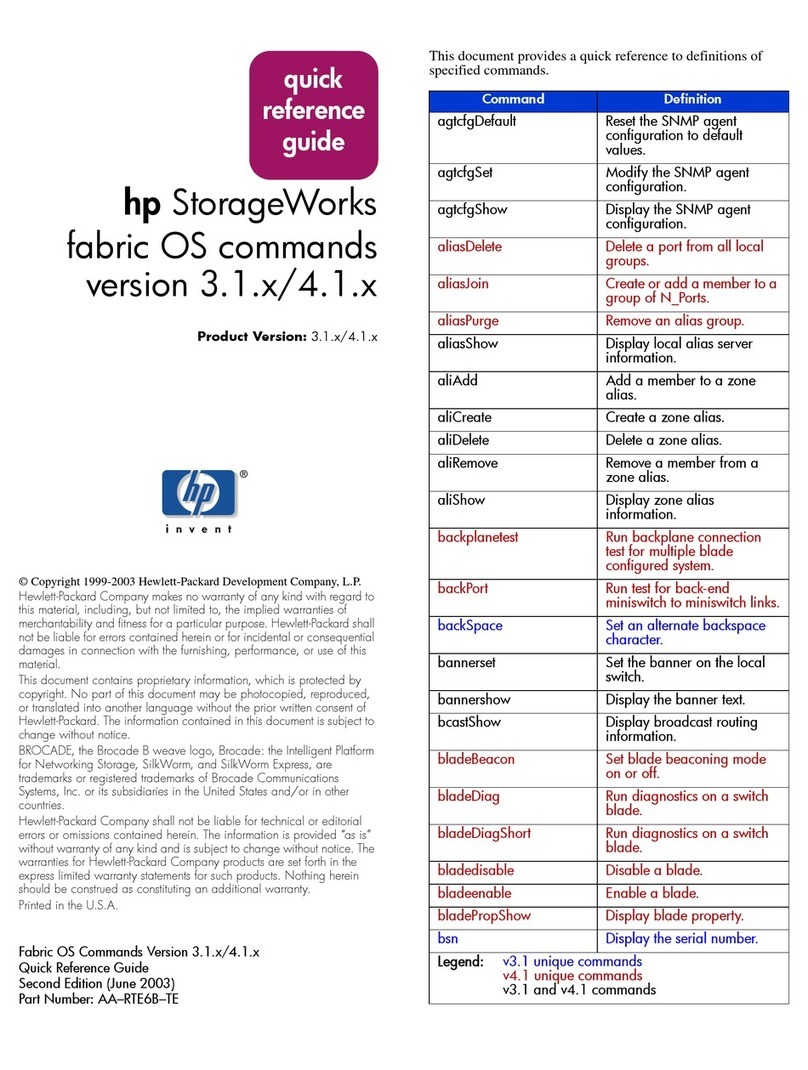
HP
HP StorageWorks MSA 2/8 - SAN Switch User manual

HP
HP Workstation zx6000 How to use
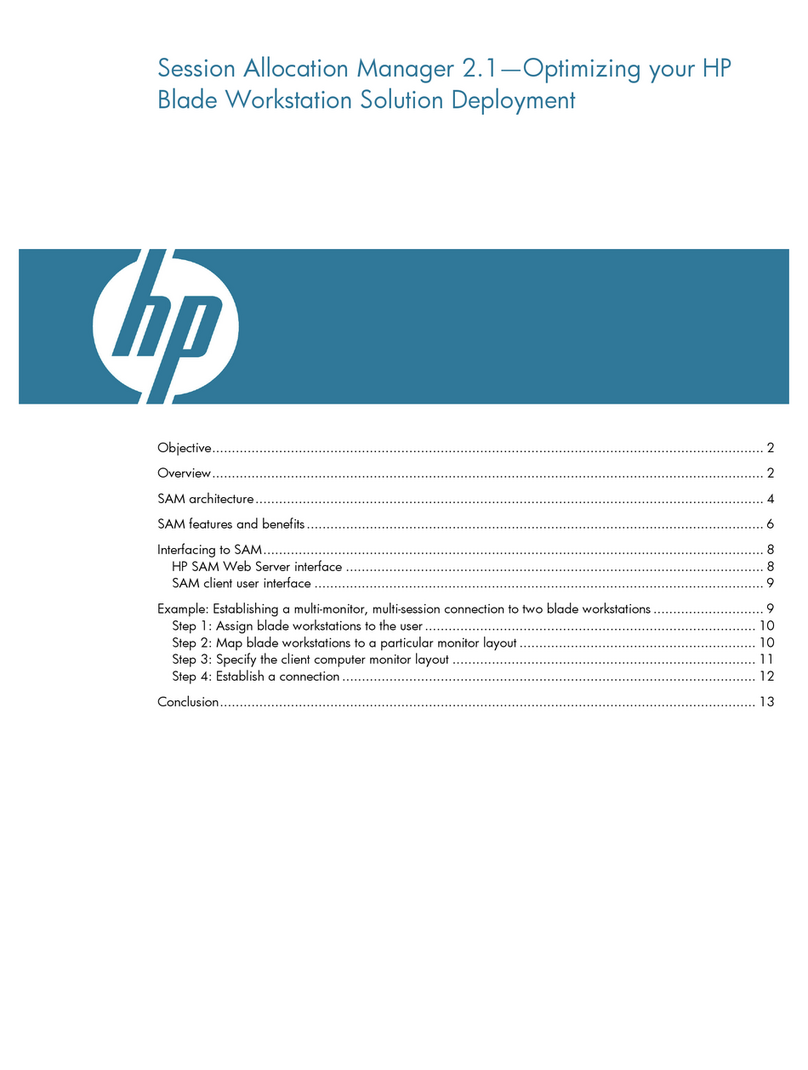
HP
HP Xw460c - ProLiant - Blade Workstation User manual

HP
HP AJ878A - StorageWorks 320 GB Hard Drive Instruction Manual
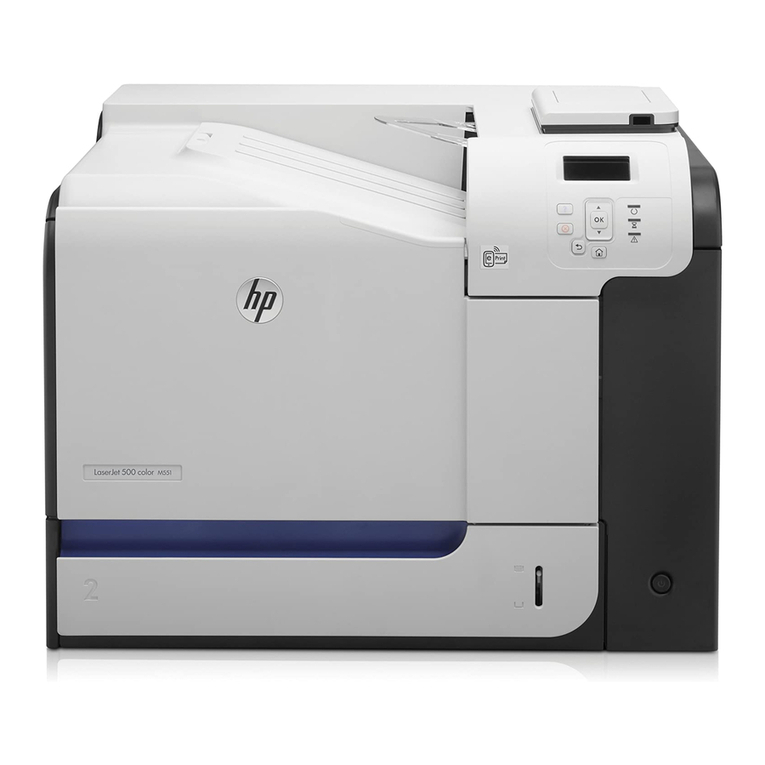
HP
HP LASERJET ENTERPRISE 500 Service manual
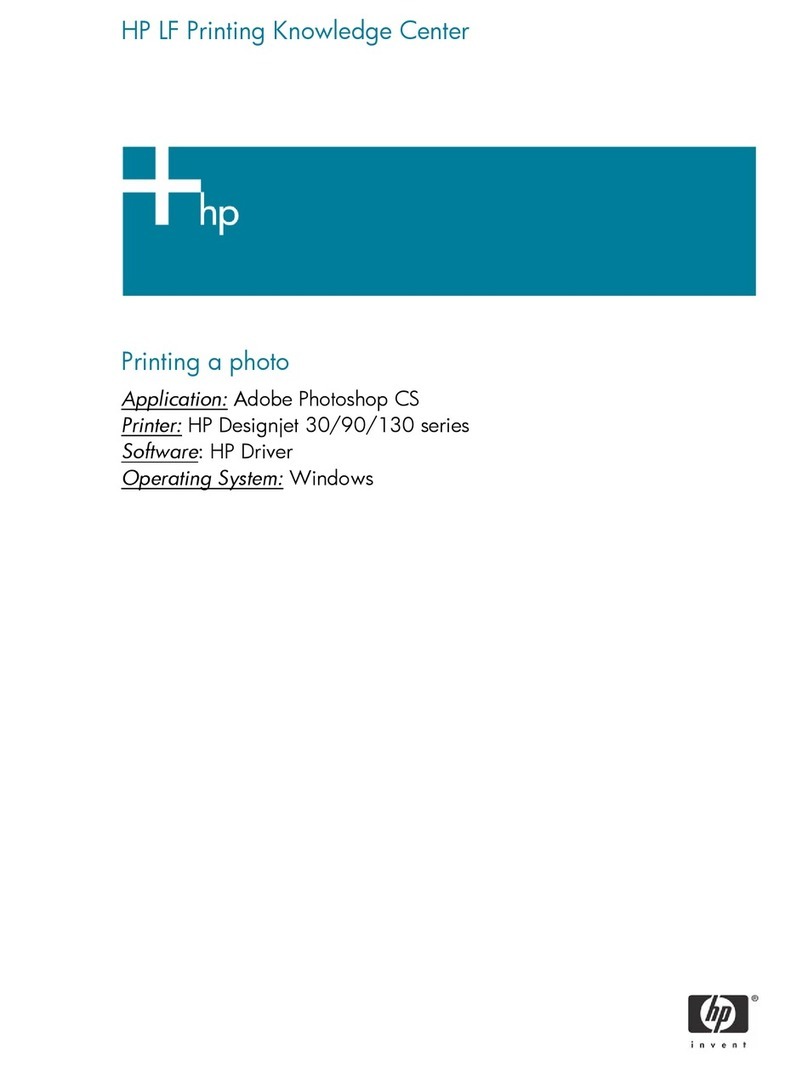
HP
HP C7791C - DesignJet 130 Color Inkjet Printer Configuration guide
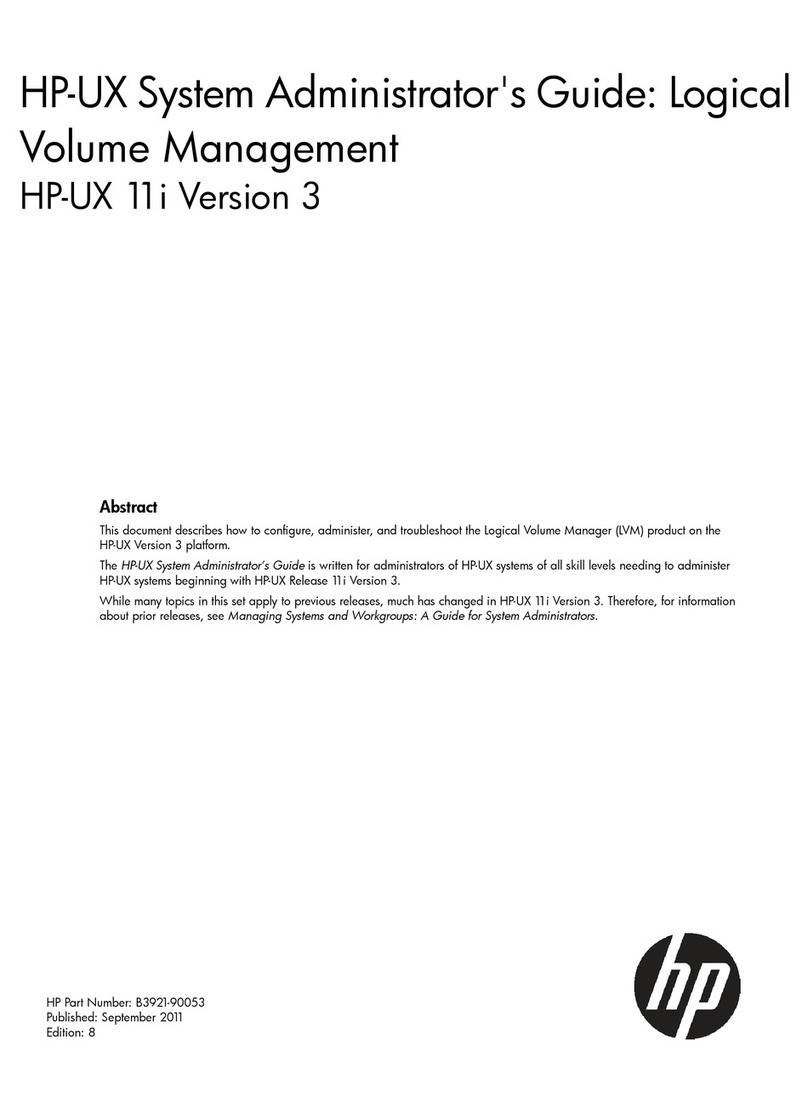
HP
HP HP-UX 11i Service manual

HP
HP B2355-92068 Instruction Manual
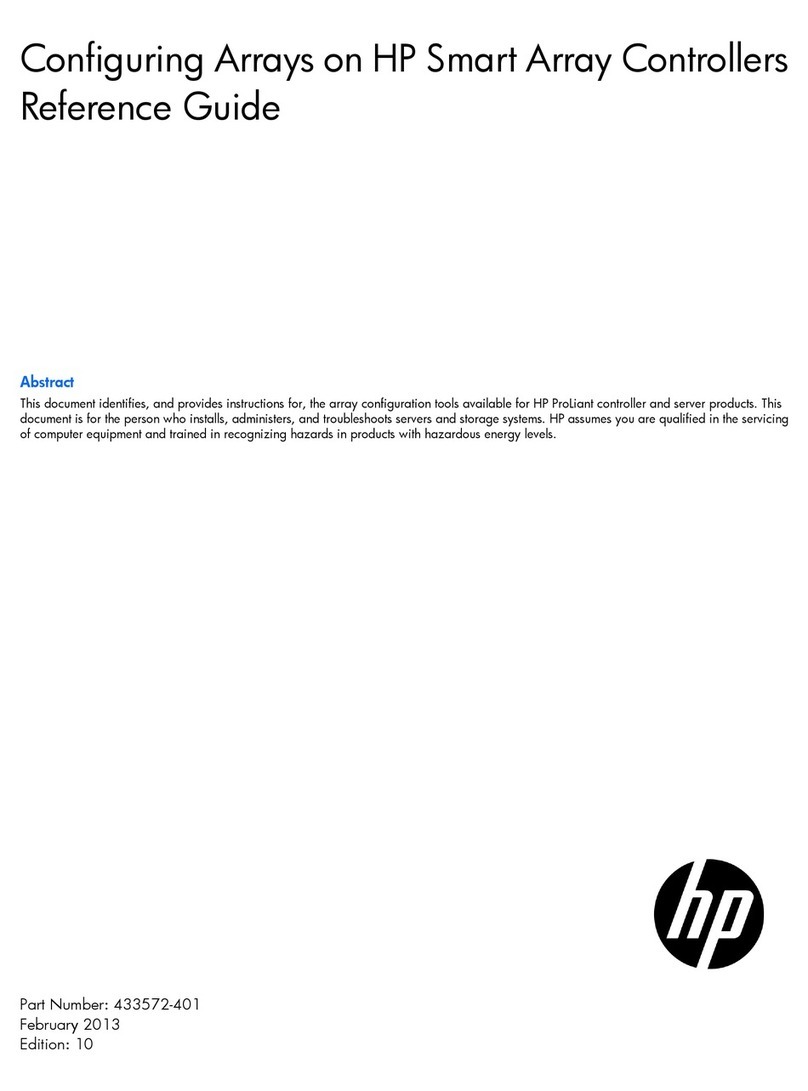
HP
HP Configuring Arrays User manual
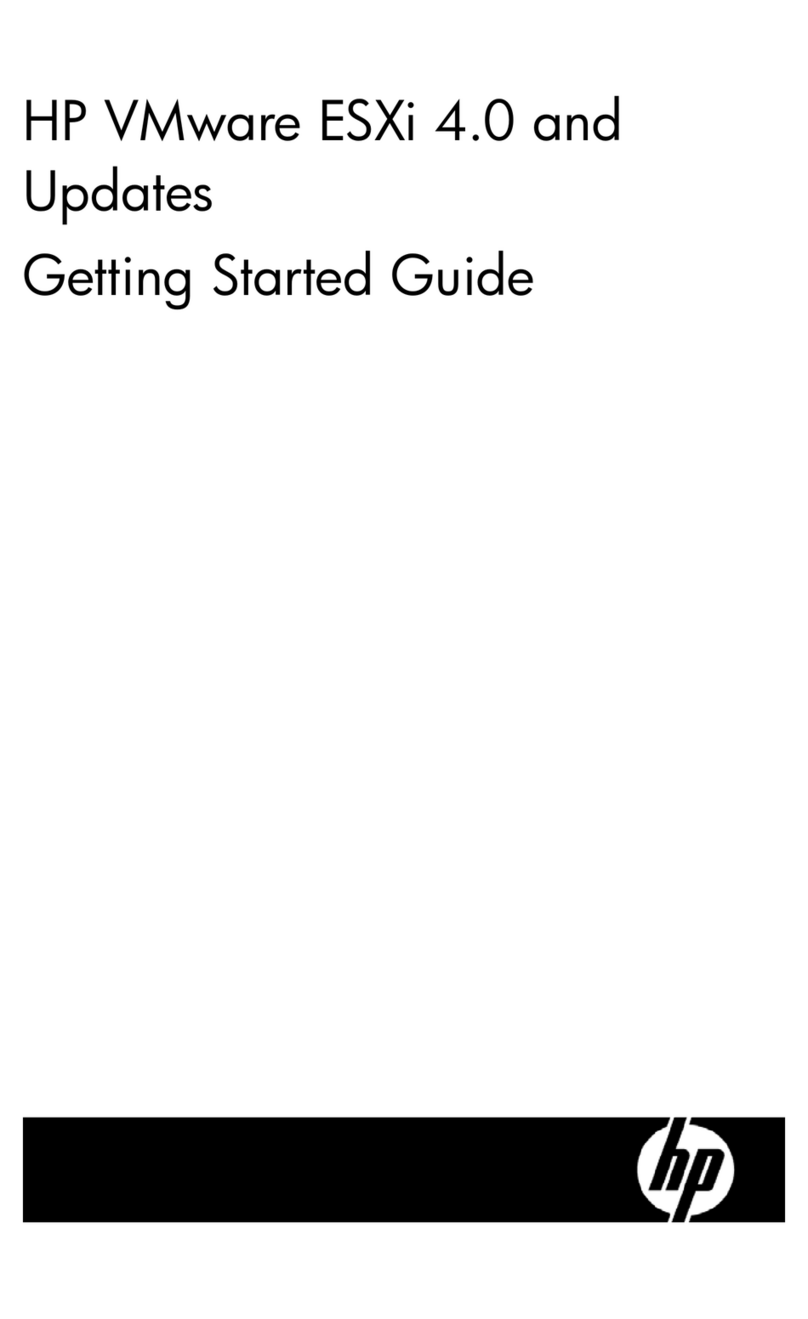
HP
HP ProLiant BL280c G6 User manual
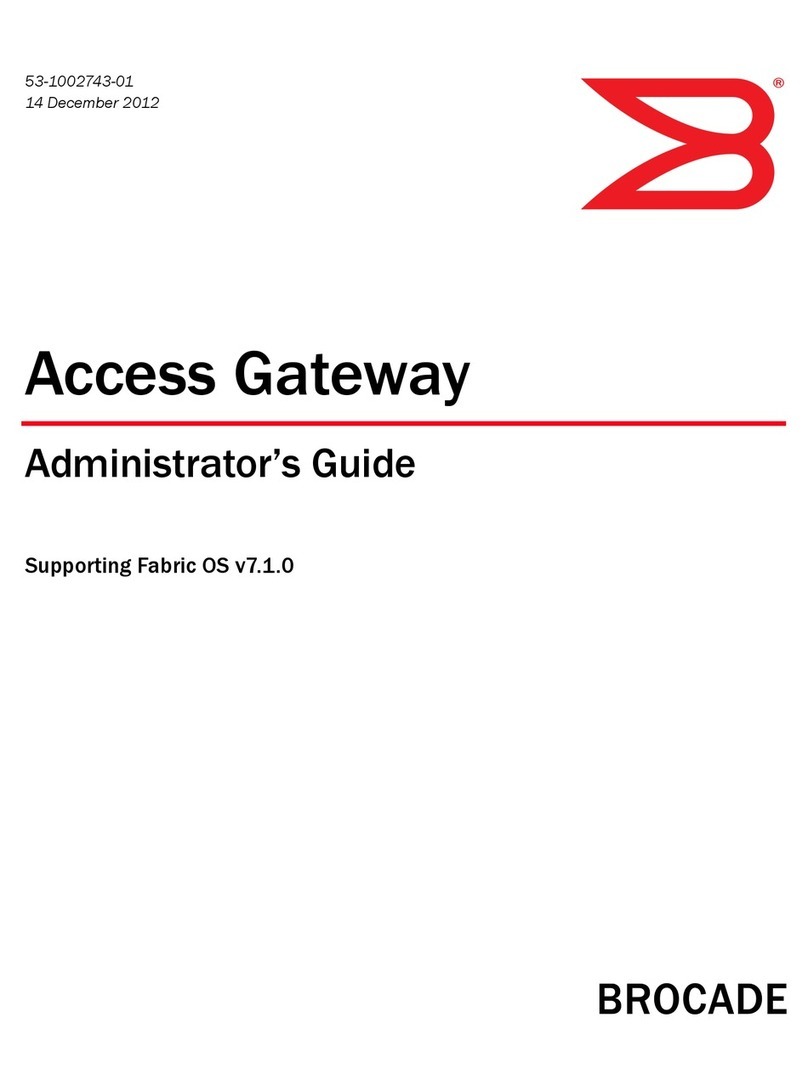
HP
HP StoreFabric SN6500B Service manual
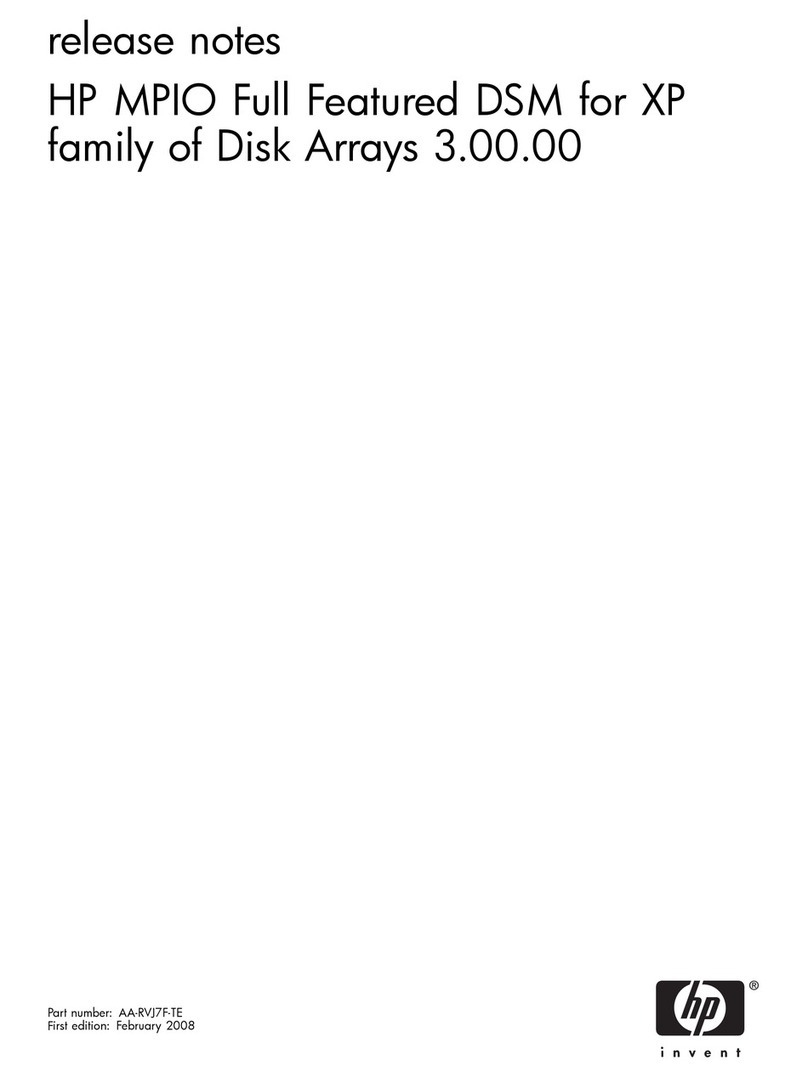
HP
HP StorageWorks XP10000 - Disk Array Instruction Manual

HP
HP Compaq NC4000 Owner's manual
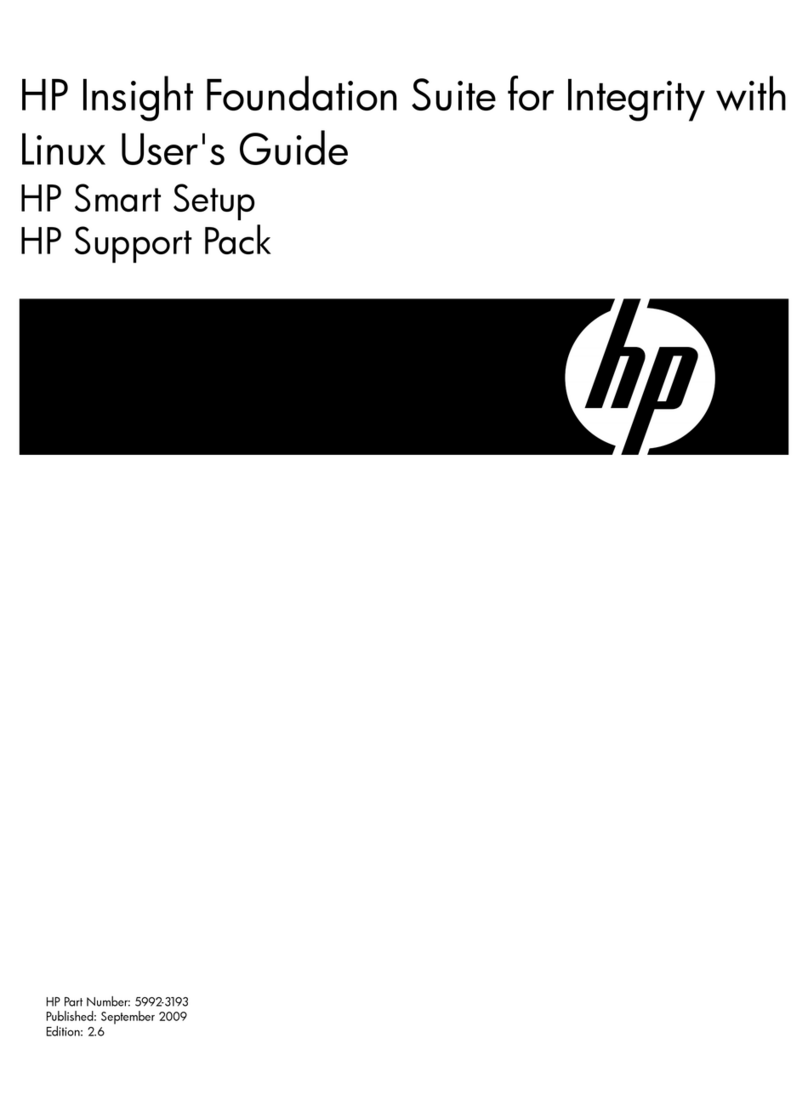
HP
HP Rx2620-2 - Integrity - 0 MB RAM User manual
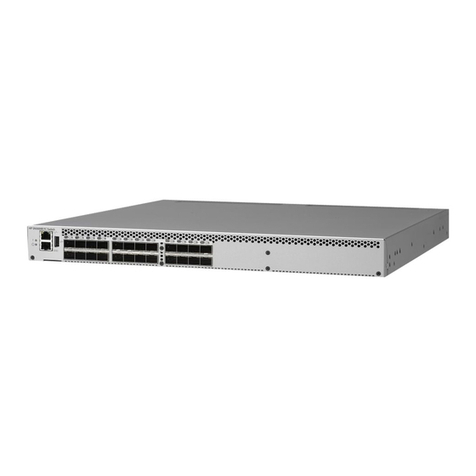
HP
HP SN3000B User manual
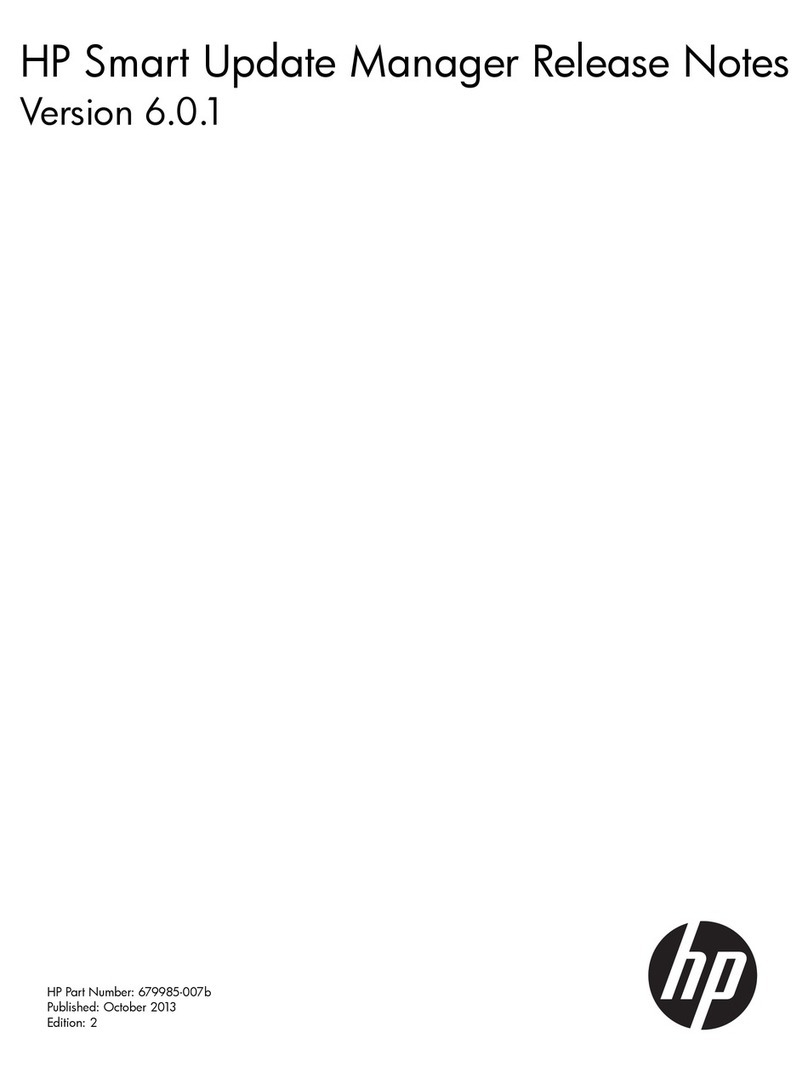
HP
HP Integrity Superdome 2 16-socket Instruction Manual
Popular Software manuals by other brands

Red Hat
Red Hat ENTERPRISE LINUX 4 - FOR X86-ITANIUM AND... installation guide

Avaya
Avaya OAISYS NetSuite 4.2 Application notes

Asante
Asante SmartBridge V1.0 user manual

Xerox
Xerox Wide Format 6204 installation guide

SAS
SAS Scalable Performance Data Server 4.5 Administrator's guide

Lucid
Lucid FM2A85X Extreme6 installation guide

Juniper
Juniper JUNOS PUS MOBILE SECURITY SUITE datasheet

GRASS VALLEY
GRASS VALLEY NETCONFIG V2.0.12 instruction manual

Epson
Epson Stylus Pro 9880 ColorBurst Edition - Stylus Pro 9880... Getting started

COMPRO
COMPRO COMPROFM manual

Muratec
Muratec OFFICEBRIDGE ONLINE user guide

Oracle
Oracle Contact Center Anywhere 8.1 installation guide

Avaya
Avaya NULL One-X for RIM Blackberry user guide

PS Audio
PS Audio PowerPlay Programming manual

Brady
Brady LOCKOUT PRO 3.0 Administrator's guide

Avaya
Avaya Interaction Center user guide

Texas Instruments
Texas Instruments TI-83 Plus Silver Edition Guide book
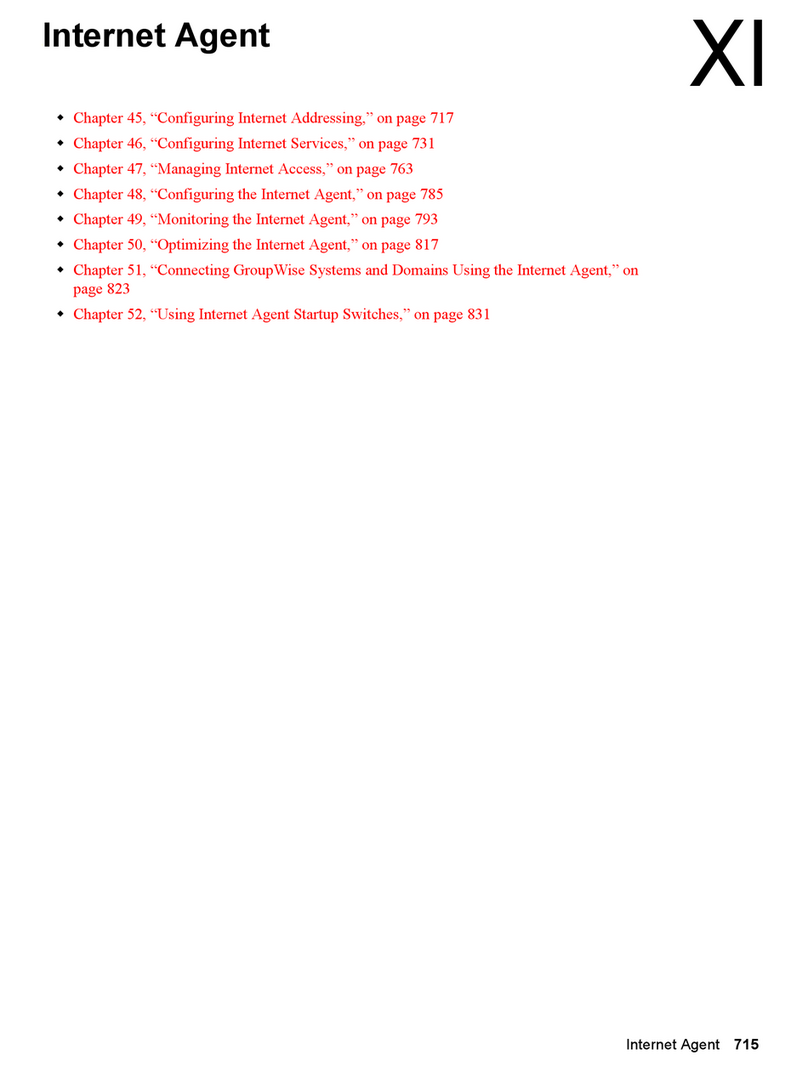
Novell
Novell GROUPWISE 8 - INTERNET AGENT manual

